Zombie Apocalypse

Can you imagine it? Zombies lurking around every dark corner waiting to bite, claw, and infect you and your family. Well, if you are like 18% of the population who fear a zombie apocalypse, then you likely can imagine it. As more and more people join the ranks of the living dead, panic begins to tear through the population. Is it safe to venture outside? To go to work? Grocery store and pharmacy shelves are picked clean and soon after, looting and rioting are rampant. Lights flicker as utilities struggle to operate with fewer than half their staff reporting to work. Water sputters from faucets, and as more and more services and utilities begin failing, panic levels skyrocket.
The solution?
The Resort at Forest Haven. While the remaining uninfected members of the populace run and hide in fear, those at the resort benefit from diligent security forces and communications. We have safety equipment, hazmat suits, and quarantine areas, if necessary. We have a double-fenced perimeter. We have gas and electrical power. We have water, food, pharmaceutical, and fuel storage. Everything needed to be completely safe, secure, self-sufficient, and at the same time, maintain the high standard of living that you and your family are accustomed to.
-
Many parasites manipulate the behavior of their hosts. For example:
- Toxoplasma gondii is a common parasite found in the gut of cats; it sheds eggs that are then picked up by rats. Toxoplasma forms cysts in the brains of the rat hosts. Then the parasite takes over the rat’s brain, at times intentionally making it scurry toward where the cats hang out.
- The lancet fluke, Dicrocoelium dendriticum, forces its ant host to attach to the tips of grass blades, the easier to be eaten. The fluke needs to get into the gut of a grazing animal to complete its life cycle.
- The fluke, Euhaplorchis californiensis, causes fish to shimmy and jump so wading birds will grab them and eat them, for the same reason.
- Hairworms, which live inside grasshoppers, sabotage the grasshopper’s central nervous system, forcing them to jump into pools of water, drowning themselves. Hairworms then swim away from their hapless hosts to continue their life cycle.


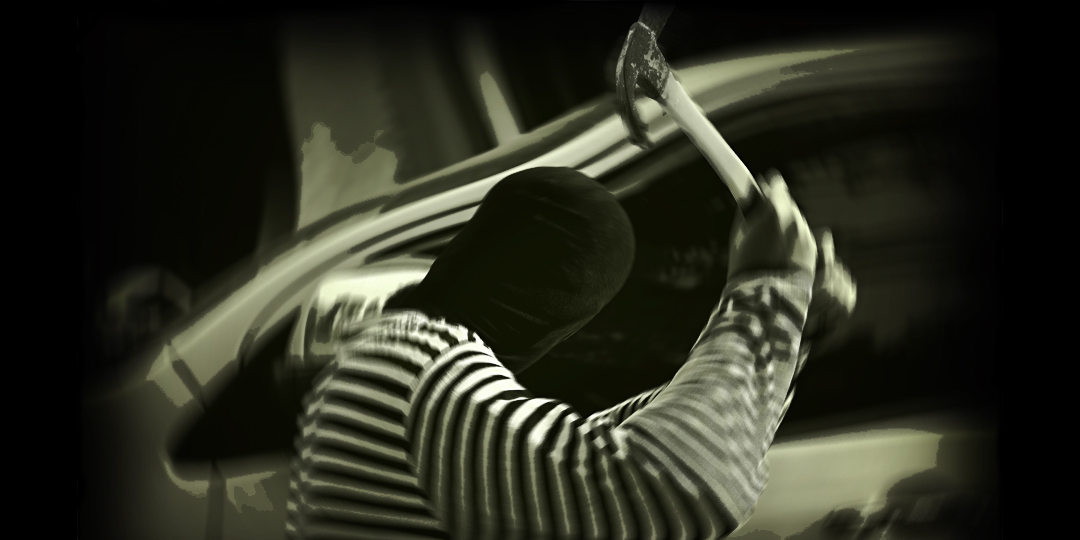









 Theron is uniquely qualified to lead the development of The Resort at Forest Haven as he brings a wealth of knowledge from his business career as well as from his personal interests to the venture. From a young age, Theron has been fascinated with both people and structures. This fascination and study has made him pursue activities that involve people and beauty and excellence. Theron studied business and economics extensively while working on his undergraduate degree in sociology. Years later, after a decade in the real estate and mortgage industry, Theron completed his MBA at Westminster College.
Theron is uniquely qualified to lead the development of The Resort at Forest Haven as he brings a wealth of knowledge from his business career as well as from his personal interests to the venture. From a young age, Theron has been fascinated with both people and structures. This fascination and study has made him pursue activities that involve people and beauty and excellence. Theron studied business and economics extensively while working on his undergraduate degree in sociology. Years later, after a decade in the real estate and mortgage industry, Theron completed his MBA at Westminster College. Around the time he entered the real estate industry, he recognized that so many structures had become extremely cookie-cutter and bland in nature. Theron resolved to create a resort that would provide a mecca of sorts to those who wanted to delve into the extraordinary with regards to what was possible for a resort home. Coupled with that, Theron envisioned a resort community that would provide stability in an unstable world — especially if the societal bonds that held society together happened to break down or unravel. The result is of course The Resort at Forest Haven.
Around the time he entered the real estate industry, he recognized that so many structures had become extremely cookie-cutter and bland in nature. Theron resolved to create a resort that would provide a mecca of sorts to those who wanted to delve into the extraordinary with regards to what was possible for a resort home. Coupled with that, Theron envisioned a resort community that would provide stability in an unstable world — especially if the societal bonds that held society together happened to break down or unravel. The result is of course The Resort at Forest Haven.


 Ken brings decades of construction and development experience to The Resort at Forest Haven. Academically trained as an architect, Ken began his career with an eye focused more on the initial design aspect of construction. Over the years, his career has evolved into a combination of what is possible and achieving results in the actual development of construction projects world.
Ken brings decades of construction and development experience to The Resort at Forest Haven. Academically trained as an architect, Ken began his career with an eye focused more on the initial design aspect of construction. Over the years, his career has evolved into a combination of what is possible and achieving results in the actual development of construction projects world. Ken partners with his wonderful, loving wife in their endeavor to raise 6 exceptional children. Ken also possesses an irrepressible love of living life with fun. Ken brings this passion to his work and also to his down time. Ken received his undergraduate degree in architectural studies from ABC University and completed scores of masters-level courses at XYZ University.
Ken partners with his wonderful, loving wife in their endeavor to raise 6 exceptional children. Ken also possesses an irrepressible love of living life with fun. Ken brings this passion to his work and also to his down time. Ken received his undergraduate degree in architectural studies from ABC University and completed scores of masters-level courses at XYZ University.

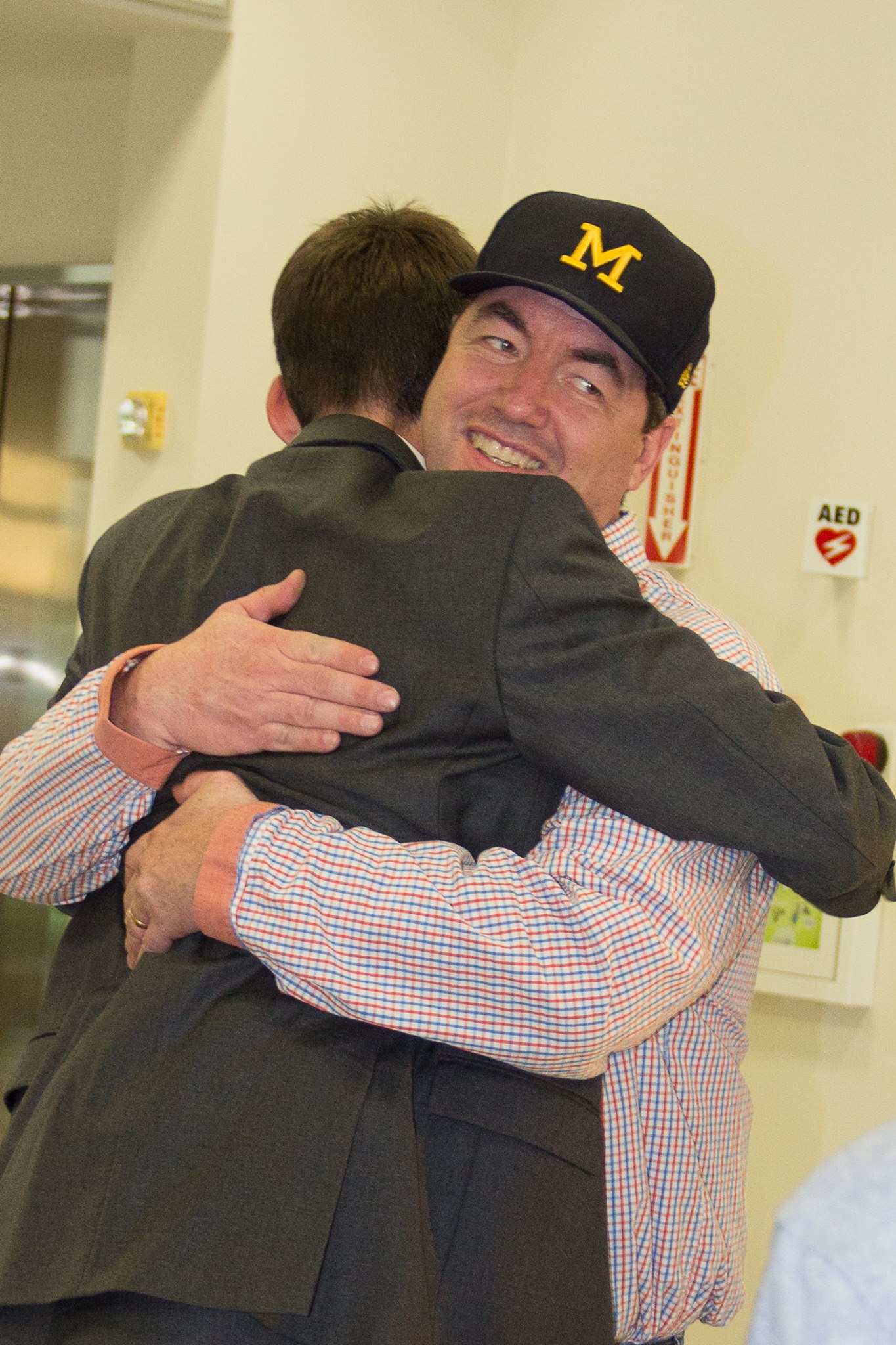
 Bernard brings a unique blend of experience in both real estate and interpersonal relations to The Resort at Forest Haven. Indeed, the first half of his business career was spent in the real estate and mortgage industry and the second half has been working with adults and children on an interpersonal level. Bernard is the epitome of a people person in that individuals from all socio-economic levels, races, cultural backgrounds, or whatever are drawn to his affable, intelligent, and quick-witted personality. Bernard’s formal educational background began with an undergraduate degree in history and culminated with a master’s degree in psychology from the University of XYZ.
Bernard brings a unique blend of experience in both real estate and interpersonal relations to The Resort at Forest Haven. Indeed, the first half of his business career was spent in the real estate and mortgage industry and the second half has been working with adults and children on an interpersonal level. Bernard is the epitome of a people person in that individuals from all socio-economic levels, races, cultural backgrounds, or whatever are drawn to his affable, intelligent, and quick-witted personality. Bernard’s formal educational background began with an undergraduate degree in history and culminated with a master’s degree in psychology from the University of XYZ.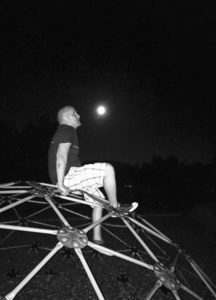 Bernard began his career in the mortgage and real estate industry and excelled in helping people obtain the home of their dreams. Then, more than a decade into this career, Bernard switched gears to take a more intensive role in helping adults and children obtain success both in academia and in their lives in general. Bernard excels in finding ways to help people achieve happiness in whatever aspect of their lives they have need. Bernard’s ability to create harmony in peoples’ lives who come from a wide range of backgrounds will be instrumental in enabling him to orchestrate the day-to-day operations of multiple teams and hundreds of individuals working together to ensure the resort community functions harmoniously. And when a situation or issue arises, Bernard’s intellect and problem-solving skills will enable him to get things back on track rapidly and efficiently. In order for The Resort to function properly, it will need someone like Bernard at the helm.
Bernard began his career in the mortgage and real estate industry and excelled in helping people obtain the home of their dreams. Then, more than a decade into this career, Bernard switched gears to take a more intensive role in helping adults and children obtain success both in academia and in their lives in general. Bernard excels in finding ways to help people achieve happiness in whatever aspect of their lives they have need. Bernard’s ability to create harmony in peoples’ lives who come from a wide range of backgrounds will be instrumental in enabling him to orchestrate the day-to-day operations of multiple teams and hundreds of individuals working together to ensure the resort community functions harmoniously. And when a situation or issue arises, Bernard’s intellect and problem-solving skills will enable him to get things back on track rapidly and efficiently. In order for The Resort to function properly, it will need someone like Bernard at the helm.
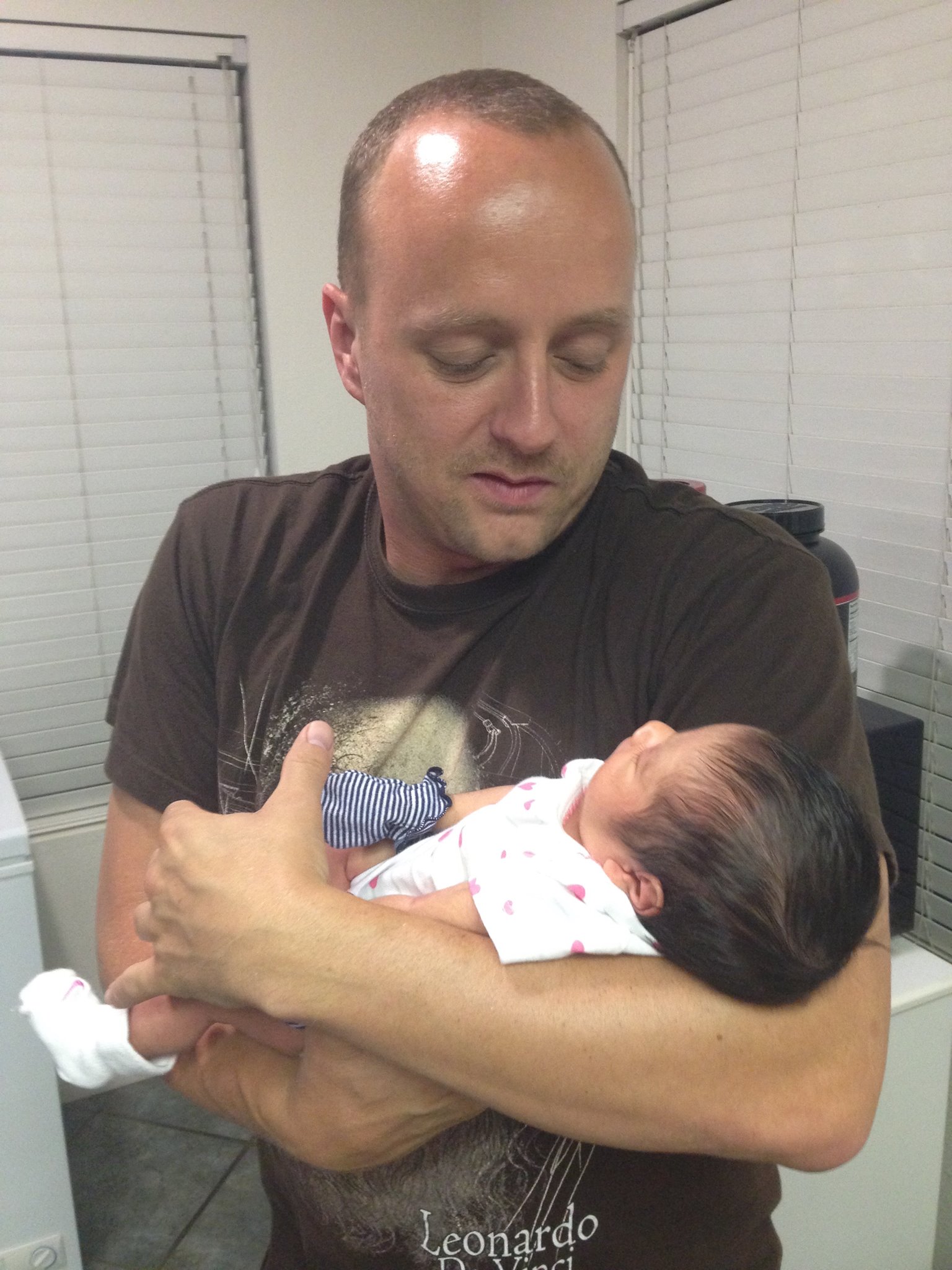

 John’s extensive and varied background makes him uniquely qualified to lead the agricultural development of The Resort at Forest Haven. John brings a long and successful history in the real estate side of business, but actually got his start in the nursery business. In addition, John has run a small farm raising a multitude of different animals and growing a wide variety of fruit trees and vegetable crops.
John’s extensive and varied background makes him uniquely qualified to lead the agricultural development of The Resort at Forest Haven. John brings a long and successful history in the real estate side of business, but actually got his start in the nursery business. In addition, John has run a small farm raising a multitude of different animals and growing a wide variety of fruit trees and vegetable crops.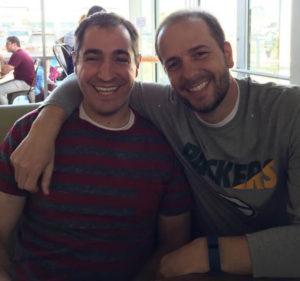 He is passionate about making the greenery and forests and bonds and lakes and orchards and every living animal at The Resort at Forest Haven the most magnificent, vibrant and a happy that it can be. He will not rest until the personal grounds of your resort estate are as fantastic as you envisioned them. Moreover, he will work to make the grounds and greenery of The Resort itself be a place where you will want to come to relax and enjoy the sheer beauty of nature.
He is passionate about making the greenery and forests and bonds and lakes and orchards and every living animal at The Resort at Forest Haven the most magnificent, vibrant and a happy that it can be. He will not rest until the personal grounds of your resort estate are as fantastic as you envisioned them. Moreover, he will work to make the grounds and greenery of The Resort itself be a place where you will want to come to relax and enjoy the sheer beauty of nature.


 Rob is an exceptional human being. Rob is the most left-brained, analytical and logically-thinking right-brained person you may ever meet. Rob excels in the business world in large part due to his ability to utilize both sides of his brain to an exceptional degree. This ability gives Rob an incredible eye for detail… Not only with regard to what is structurally and mathematically correct, but also what is aesthetically pleasing. Rob was trained in art at Ricks College, and throughout the years has created many works of his own. On the business side, Rob has excelled in running his own profitable construction company and has brought multiple business ventures from the start-up stage all the way to profitability.
Rob is an exceptional human being. Rob is the most left-brained, analytical and logically-thinking right-brained person you may ever meet. Rob excels in the business world in large part due to his ability to utilize both sides of his brain to an exceptional degree. This ability gives Rob an incredible eye for detail… Not only with regard to what is structurally and mathematically correct, but also what is aesthetically pleasing. Rob was trained in art at Ricks College, and throughout the years has created many works of his own. On the business side, Rob has excelled in running his own profitable construction company and has brought multiple business ventures from the start-up stage all the way to profitability. bird dogs to bass fishing to camping, boating and beyond, Rob’s outdoor interests are wide-ranging and a lot of fun. Rob excels at athletic activities and is passionate about many different sports. He has an amazing family with five adorable children who are well on their way to being fantastic members of society. Rob’s wife is as loving and caring sweetheart of an individual as you will ever know!
bird dogs to bass fishing to camping, boating and beyond, Rob’s outdoor interests are wide-ranging and a lot of fun. Rob excels at athletic activities and is passionate about many different sports. He has an amazing family with five adorable children who are well on their way to being fantastic members of society. Rob’s wife is as loving and caring sweetheart of an individual as you will ever know!
